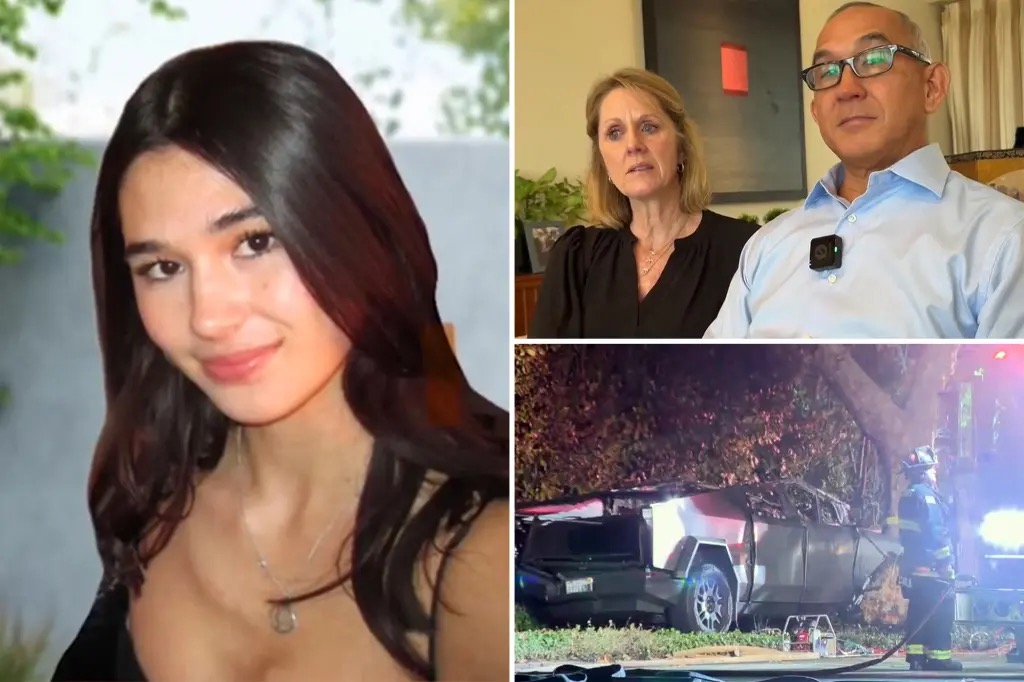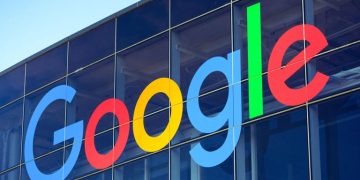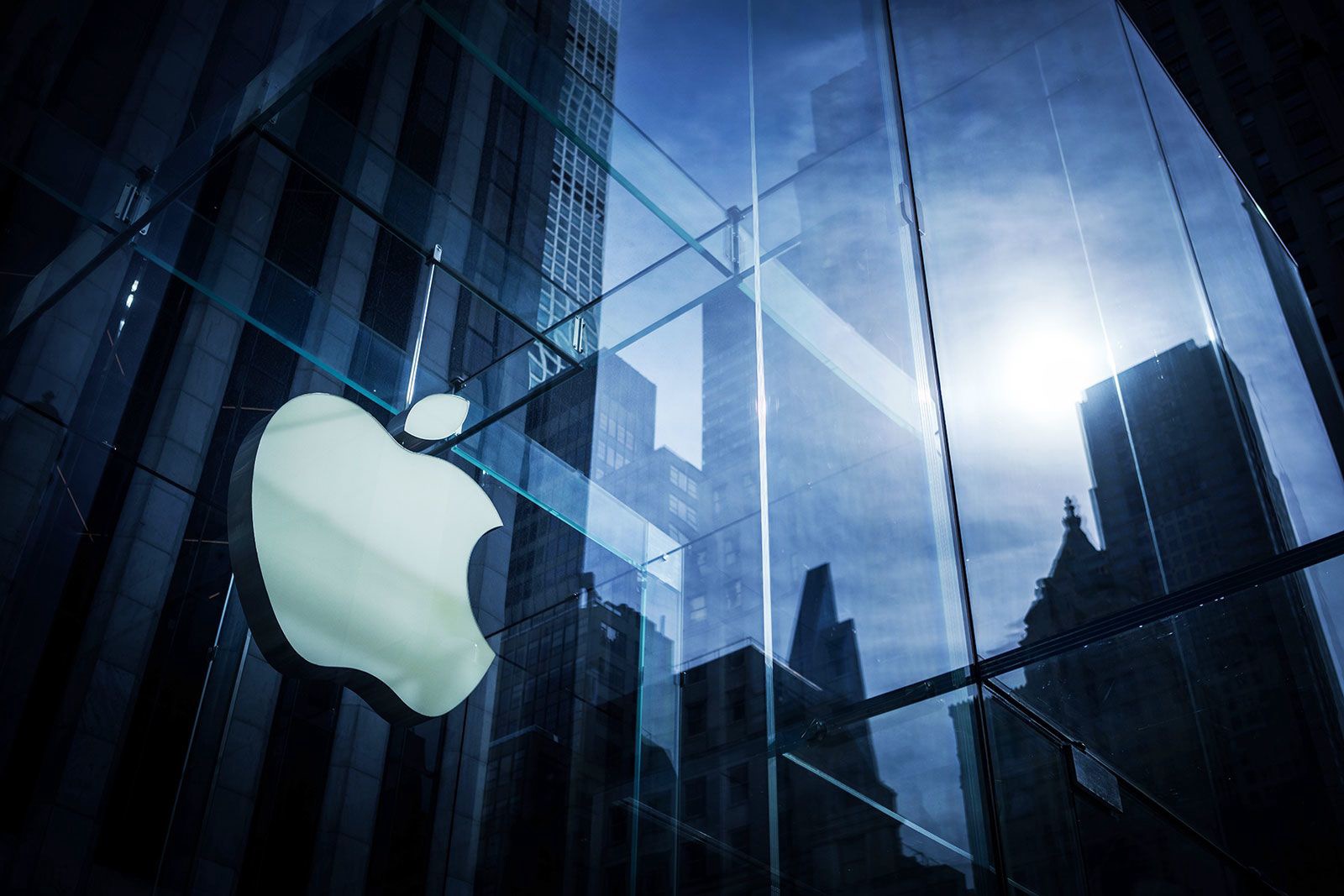In a heartbreaking and high-profile legal battle, the parents of 19-year-old Krysta Tsukahara have filed a wrongful death lawsuit against Tesla, alleging that a critical design flaw in the Cybertruck’s electronic door system prevented their daughter from escaping a fatal crash fire. The lawsuit, filed in Alameda County Superior Court, brings renewed attention to Tesla’s vehicle safety features, particularly the electronic door handles that have come under scrutiny following a series of accidents.
Tragic Crash Leads to Devastating Loss
The incident occurred in late 2024 when a Tesla Cybertruck crashed at high speed into a tree in Piedmont, California. The driver, 19-year-old Soren Dixon, lost control of the vehicle, which subsequently caught fire. Krysta Tsukahara, a passenger seated in the rear, was trapped inside the vehicle as flames rapidly engulfed the cabin.
According to the lawsuit, Tsukahara was conscious and alive following the initial impact. Witnesses and emergency responders later reported that she was heard calling for help, but she was unable to exit the vehicle. The Cybertruck’s electronic door handles, which rely on battery power and an electronic unlocking system, reportedly failed to operate after the crash. Without a manual override or an easily accessible emergency release, Tsukahara was effectively trapped inside.
The lawsuit claims that the design of Tesla’s electronic door handles poses a significant safety hazard, especially in situations where the vehicle’s electrical system is compromised—such as after a crash or during a fire. In such emergencies, the inability to open the doors manually can result in fatal delays for occupants trying to escape.
Details of the Lawsuit
Krysta’s parents argue that Tesla was aware of the potential dangers associated with its electronic door handle system but failed to provide adequate warnings, fail-safes, or manual override options. They contend that this negligence contributed directly to their daughter’s death.
The lawsuit asserts that Tesla’s electronic door design “lacks the necessary safety features to ensure occupant egress in the event of power failure or crash.” It also highlights that Tesla did not sufficiently test or disclose the risks, despite internal knowledge and multiple customer complaints about similar issues.
Furthermore, the parents claim that Tesla’s marketing and public messaging have emphasized innovation and safety, creating an expectation that their vehicles are secure in emergencies. The lawsuit contends that Tesla’s failure to address this critical flaw violates consumer protection laws and basic safety standards.
The Role of the Driver and Crash Circumstances
The lawsuit also names the estate of the driver, Soren Dixon, who tragically died in the crash along with another passenger. Investigations revealed that Dixon was under the influence of multiple substances, including alcohol, cocaine, and amphetamines, at the time of the accident. The lawsuit alleges reckless behavior on his part contributed to the crash but emphasizes that the design flaw in Tesla’s Cybertruck was a decisive factor in Krysta’s inability to escape the fire.
Another occupant survived the crash after a bystander intervened by breaking a window to rescue them. This act of quick thinking contrasts starkly with Krysta’s fate, underscoring the urgency and importance of accessible emergency exits.
Broader Context: Tesla’s Safety Record Under Scrutiny
This lawsuit follows a series of incidents and legal challenges involving Tesla’s electronic door handle systems. The company’s use of touch-sensitive or electronically controlled door mechanisms, which differ significantly from traditional mechanical handles, has raised concerns about reliability in emergency situations.
Several other families have filed lawsuits claiming similar issues led to delayed escapes or worsened injuries during crashes. Some lawsuits have resulted in substantial financial awards, signaling growing judicial acknowledgment of the risks posed by such designs.
Federal regulatory agencies are also investigating Tesla’s door handle designs following reports of malfunctions during emergencies. Critics argue that Tesla’s pursuit of sleek, futuristic design has sometimes come at the expense of practical safety measures.
Tesla, known for pushing the boundaries of automotive technology, has emphasized its vehicles’ safety features, including crash protection and advanced driver assistance systems. However, the company has not publicly responded to this latest lawsuit, and the issue of door safety remains a contentious topic among safety advocates, legal experts, and Tesla owners.
Impact on Tesla and the Auto Industry
The lawsuit filed by Krysta Tsukahara’s parents could have far-reaching implications for Tesla and the broader automotive industry. If courts find that Tesla’s electronic door handles are inherently unsafe, manufacturers may face pressure to redesign these systems or revert to more traditional mechanical mechanisms with clear manual overrides.
In addition to legal repercussions, Tesla could face increased regulatory scrutiny and be compelled to implement recalls or software updates to address door handle functionality in emergencies.
The case also highlights the challenges automakers face in balancing innovation with user safety. As vehicles incorporate more digital and electronic controls, ensuring these systems perform reliably during power outages, crashes, or fires becomes increasingly critical.
The Human Toll
Beyond the technical and legal aspects, the lawsuit underscores a deeply personal tragedy. Krysta Tsukahara’s parents describe their daughter as a vibrant young woman with a promising future, taken too soon by circumstances they believe were preventable.
In their legal filings and public statements, the family has expressed a desire for accountability and change, hoping that their case will spur improvements in vehicle safety standards to prevent similar tragedies.
The emotional weight of the case resonates with many families who have lost loved ones in crashes involving emerging automotive technologies. It serves as a poignant reminder that behind every headline are real people whose lives have been irrevocably altered.
Conclusion
The lawsuit against Tesla brought by the parents of Krysta Tsukahara marks a critical moment in the ongoing debate about the safety of electronic systems in modern vehicles. It raises important questions about how automakers design for emergency scenarios and the responsibility companies bear to ensure their technologies do not inadvertently put lives at risk.
As the legal process unfolds, Tesla and the automotive industry at large will be watching closely. The outcome may influence future vehicle designs, regulatory policies, and public expectations around safety and innovation.
For now, Krysta’s family continues to seek justice and awareness, hoping that their painful loss will lead to meaningful changes that protect other drivers and passengers on the road.












